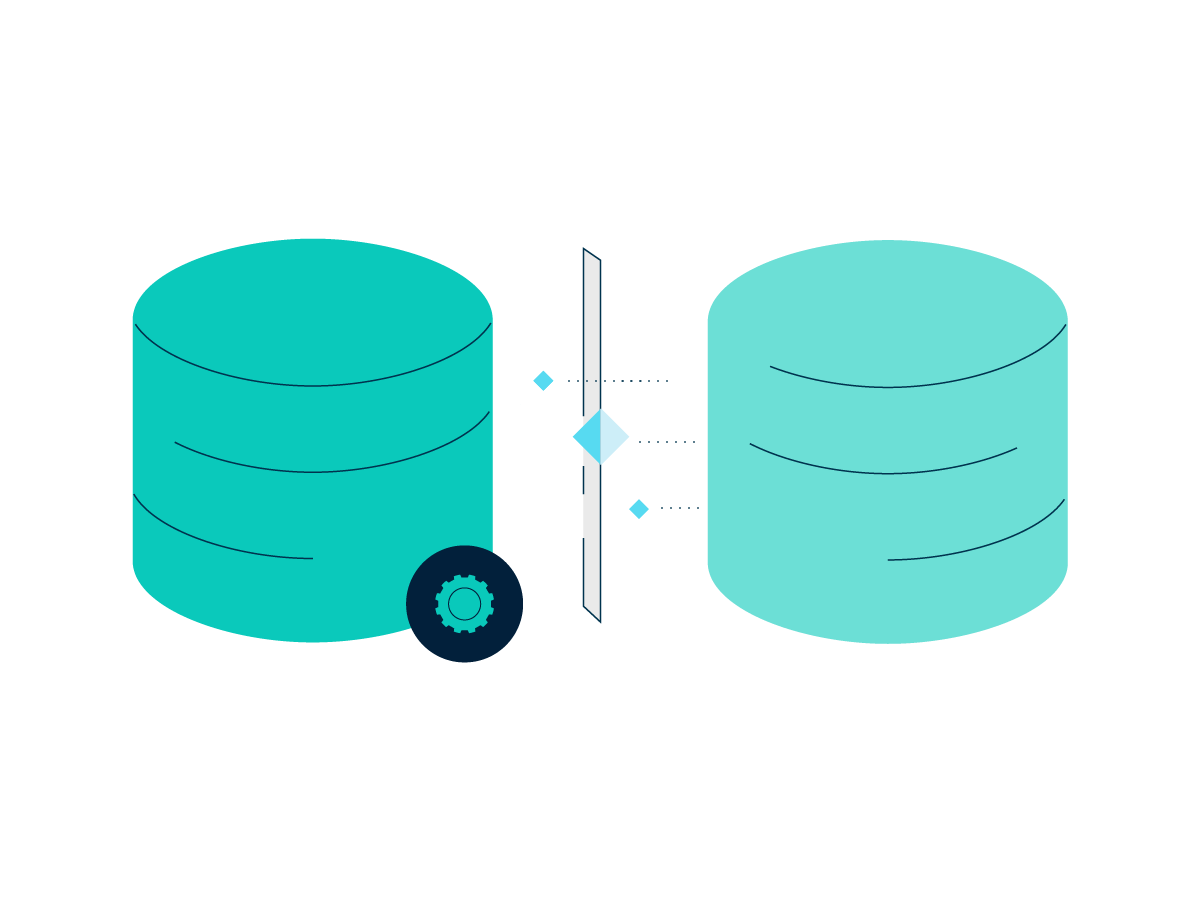Data is one of the most valuable assets a business has. As companies amass increasing volumes of data and store them across the enterprise—from on-premises data centers to hybrid cloud architectures—keeping that information protected and consistently available is more critical than ever.
Threats to that data are on the rise. Hacking, ransomware, viruses, and other malicious attacks are always evolving. They can wreak havoc on your ability to operate and result in financially devastating data loss.
Attacks aren’t the only threat to data. Simple user error can cause critical data loss, and natural disasters such as hurricanes, floods, or fires can disrupt power and damage data.
Every business needs a solid data backup and system recovery solution that can help it survive—or even thrive—in the face of unexpected events.
Data Backup and Recovery 101
Backing up your data entails making and storing copies of your business information, from application and product data to customer files to employee and supplier records and competitive research. Recovery means taking those copies and restoring data when the original information has been lost or damaged.
You can create database backups on a variety of media, including magnetic tape cartridges, CDs, hard disk drives or arrays, and solid-state or flash drives. Today, the cloud is becoming increasingly popular for enterprise data backup.
Best Practices for Database Backup
The 3-2-1 rule. For decades, IT experts touted the wisdom of the 3-2-1 backup rule: keeping three copies of your data on two different storage types and storing at least one of those copies in an offsite location. The idea was to ensure that you’d have at least one copy to use for systems recovery whether the data loss was a result of malicious activity, user error, or natural disaster. As cloud backups become more common, the 3-2-1 rule is evolving. For example, many experts recommend that if you back up data in the cloud, you should create two cloud copies that are separated geographically. Today’s businesses are mixing and matching local and cloud-based backup strategies to create a system that works best for their own needs.
What to look for in a solution. Some important considerations in choosing an enterprise data backup solution include ease of use, simple scalability, fast recovery times, system security, reliability of the vendor, and quality of vendor support.
- Make a plan and test it out. A smart data backup and recovery plan will define what data needs to be backed up and how often. Some temporary data, for instance, might not need to be backed up at all, whereas business-critical data might need to be backed up multiple times a day. Periodically test your recovery plan to ensure that data isn’t being corrupted or lost in the backup process. Two important metrics to consider and measure are:
- Recovery point objective (RPO), or the amount of downtime you consider acceptable in an emergency situation
- Recovery time objective (RTO), or your target for the amount of time it takes you to get back up and running after a disaster
How Rubrik Can Help
Rubrik makes data backup and recovery easy, whether your data is on-premises in a data center or spread across a hybrid cloud environment. It simplifies management with a single platform that integrates backup with data orchestration, catalog management, and continuous data protection. You get:
Near-zero RPO and RTO to minimize downtime
Simple scalability to grow-as-you-go
Lower TCO with savings up to 50% compared to competitors
Learn more about how Rubrik can help you protect your data with data backup and recovery solutions.


